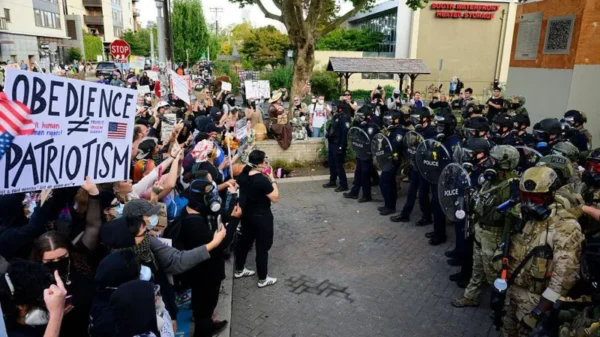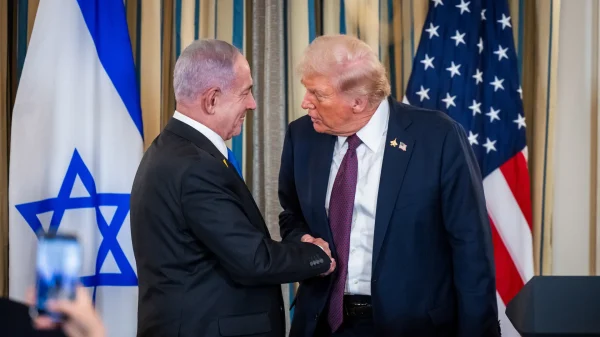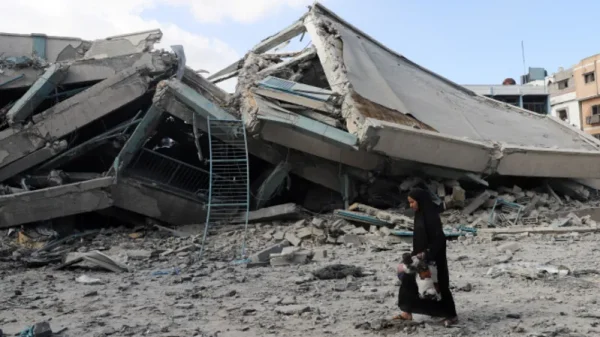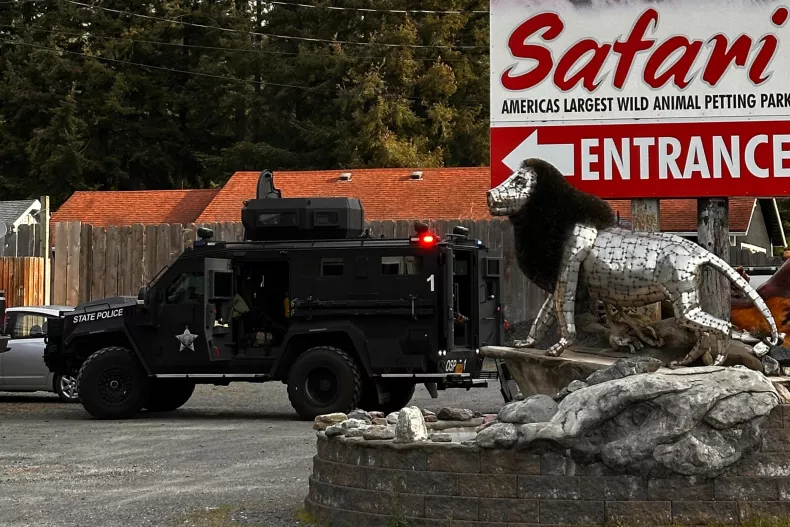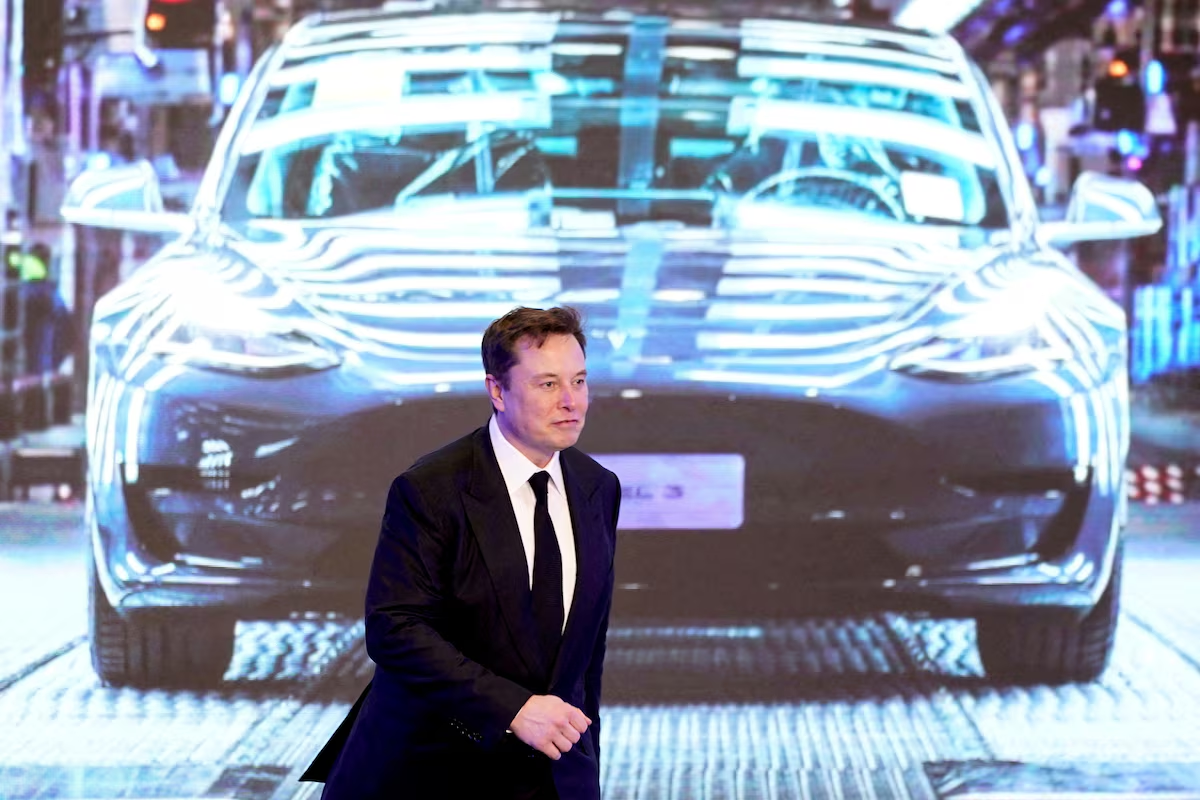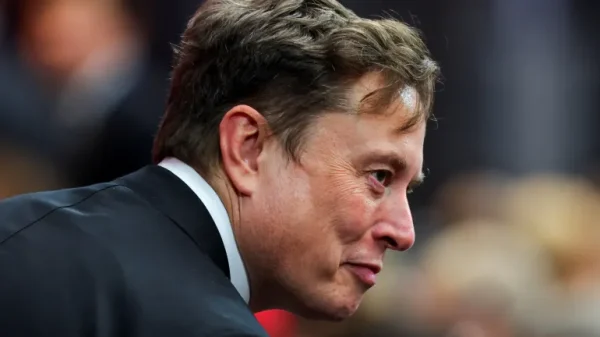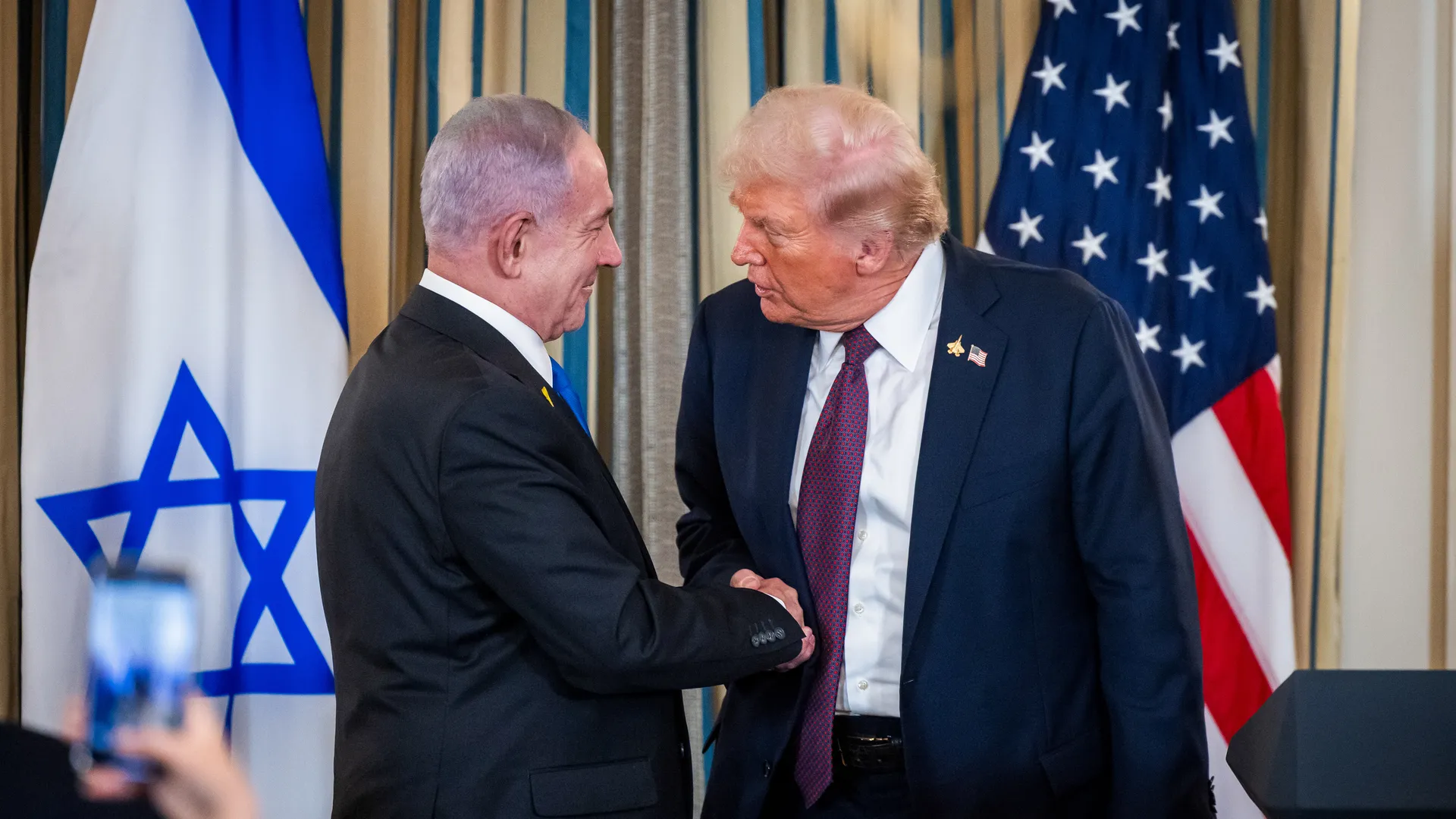In a dramatic turn of international diplomacy, former U.S. President Donald Trump has declared he is “close” to brokering a Gaza ceasefire deal and claims he personally urged Israeli Prime Minister Benjamin Netanyahu to seize the opportunity:
“This is your shot at victory. You agree to it – you have no choice.”
Trump’s bold rhetoric and renewed diplomatic push come at a moment of intense pressure and complexity. The deal, if real and achievable, could be a game-changer but it faces serious challenges and skepticism.
Key Dynamics Shaping the Deal
1. Israel’s Halted Offensive Signals a Shift
Following Trump’s push, the Israeli military reportedly paused its offensive and aerial bombardments, creating space for negotiations on the first phase of a potential hostage release deal. This signals Israel may be ready to enter a new phase but trust and timing remain fragile.
2. Regional Actors and Global Pressure
Trump confirmed that his envoys, including Jared Kushner, were headed to Egypt to finalize details of the deal and discuss long-term peace strategies. He also credited Turkish President Erdoğan with helping convince Hamas to cooperate an unusual shout-out given past tensions.
This underscores the role of regional power brokers. Egypt, Qatar, Turkey and behind them, the U.S. are vital in ensuring all sides stay at the table and see the agreement through.
3. The Human Cost: 67,000+ Dead in Gaza
According to Gaza’s health ministry (run by Hamas), more than 67,000 Palestinians have been killed since the war began most of them civilians. This staggering figure casts a heavy moral and political shadow over any peace initiative.
While Trump emphasized urgency “Let’s get it done. FAST. Everyone will be treated fairly.” the reality is far more complicated. Obstacles include:
- Terms of hostage releases
- Israeli security guarantees post-ceasefire
- Hamas’ trust in long-term arrangements
- Internal political pressure on both sides
4. Trump’s Public Strategy: Peace Through Power
Trump’s approach is as much public relations as diplomacy. He framed the deal as a way to restore international support for Israel, which he said has “gone way down” due to the prolonged war. “Now I will bring back all of that support,” he promised.
This is a high-risk, high-reward strategy: using bold statements to pressure leaders while presenting himself as a peacemaker all in the middle of a U.S. election campaign.
The Stakes: High Rewards, Higher Risks
If a deal is struck, the potential upsides are massive:
- Hostage releases and ceasefire
- Reduced civilian casualties
- Momentum for regional peace
- A boost for U.S. diplomatic credibility especially for Trump
But if the deal falls apart, consequences could include:
- Renewed violence on a larger scale
- Disillusionment and further radicalization
- Diplomatic fallout for all mediators involved
- Deepening divisions in both regional and international politics
Final Thoughts: Between Ambition and Reality
Trump’s announcement and Netanyahu’s initial receptiveness create a diplomatic momentum that hasn’t been seen in months. But momentum is fragile. Turning bold talk into actual peace requires more than headlines it needs concrete, balanced actions from all sides.
Whether this becomes a historic breakthrough or just another headline will depend on what happens in the days ahead.


